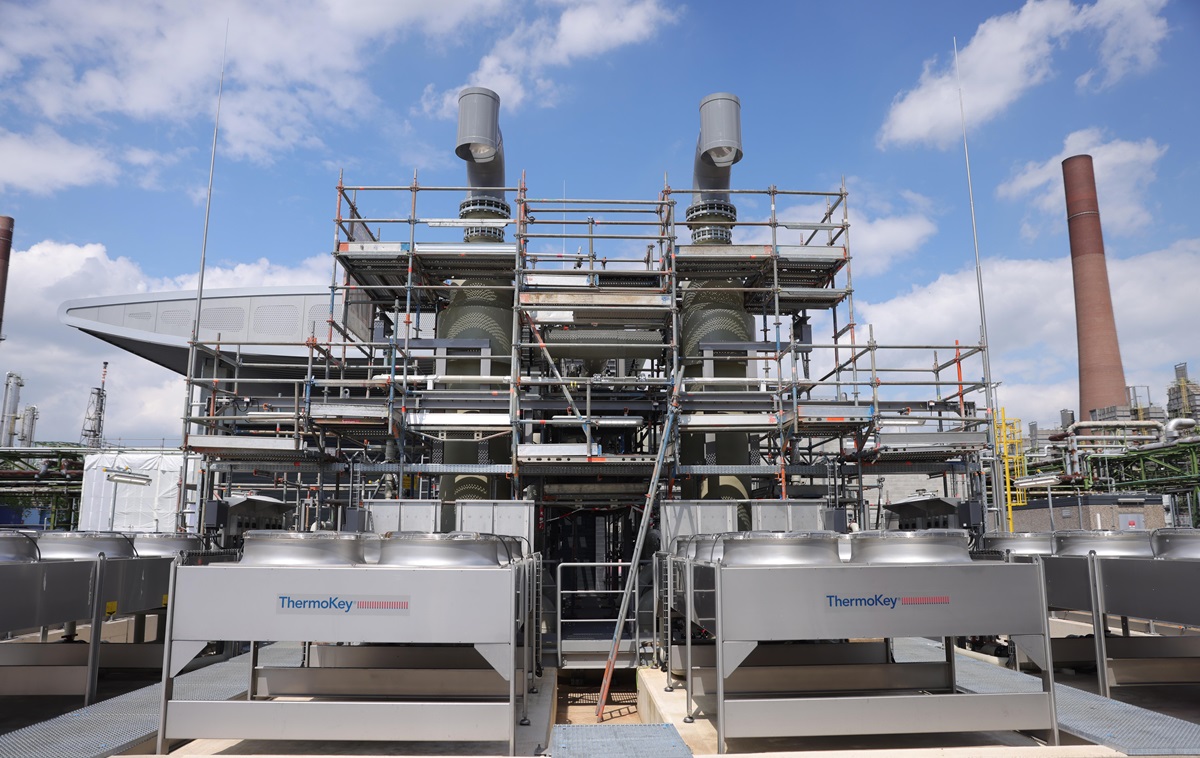Germany has taken an important step towards an ecological future by approving the construction of a basic hydrogen network. Hydrogen energy is becoming a key element in the European Union’s strategy to achieve climate neutrality. So, what is this network, why is it important, and what types of energy can it replace?
A game-changing project for the energy sector
The German Federal Network Agency has approved the construction of a basic hydrogen network spanning over 9,000 kilometers. This “hydrogen highway,” as Minister of Economics Robert Habeck calls it, will connect major production centers with consumption and storage sites for hydrogen. Incorporating existing gas pipelines into the new system will save significant costs on construction, as about 60% of the new network will be converted from existing infrastructures.
It is planned that the full project implementation will be completed by 2032, with the first hydrogen lines starting operations as early as 2025. The network will be able to transport up to 278 terawatt-hours of energy per year, making it a crucial element of the country’s energy system.
Why is a hydrogen network needed?
Hydrogen is one of the most promising energy sources for replacing fossil fuels. Since this gas can be produced from renewable energy sources such as solar and wind, it has significant potential to reduce carbon emissions. Additionally, hydrogen can be used in various sectors, from transportation to industry, making it a versatile energy source for decarbonizing the economy.
The benefits of a hydrogen network lie in the ability to reduce dependence on traditional energy sources like coal and natural gas. This will allow Germany and other European countries to decrease their impact on the climate, particularly by phasing out the use of environmentally harmful fuels.
Which energy sources will hydrogen replace?
Hydrogen network has the potential to replace fossil fuels used in industry, transportation, and energy. This applies to sectors such as:
- Natural gas power plants. Hydrogen can be used to generate electricity in turbines that currently run on natural gas, helping to reduce carbon dioxide emissions.
- Transportation. Hydrogen fuel cells can be used in cars, trucks, and even airplanes, reducing dependence on gasoline and diesel.
- Industry. In heavy industries such as metallurgy and chemical industry, hydrogen can replace fossil fuels in production processes.
- Heating and hot water supply. Hydrogen can be used as a source of thermal energy in buildings, replacing natural gas in heating systems.
Key to Climate Neutrality
Transitioning to hydrogen energy is an important step towards achieving climate neutrality, a goal pursued not only by Germany but by all of Europe. In the future, it is expected that EU countries will be able to unite their hydrogen networks, creating a single system for transporting and utilizing this eco-friendly energy source.
Additionally, Germany plans to cover a significant portion of its hydrogen needs through imports via pipelines and seaborne vessels. This will make the country one of the key players in the European hydrogen market and will foster international cooperation in the field of environmental technologies.
Conclusion
The hydrogen network of Germany is not just an infrastructure project, but part of a global strategy for transitioning to green energy. It will allow the country to reduce its dependence on fossil fuel sources, contribute to achieving climate neutrality, and strengthen its position on the global energy stage. Hydrogen is becoming a key element in the fight for a clean future, and the German experience could serve as an example for other countries.


